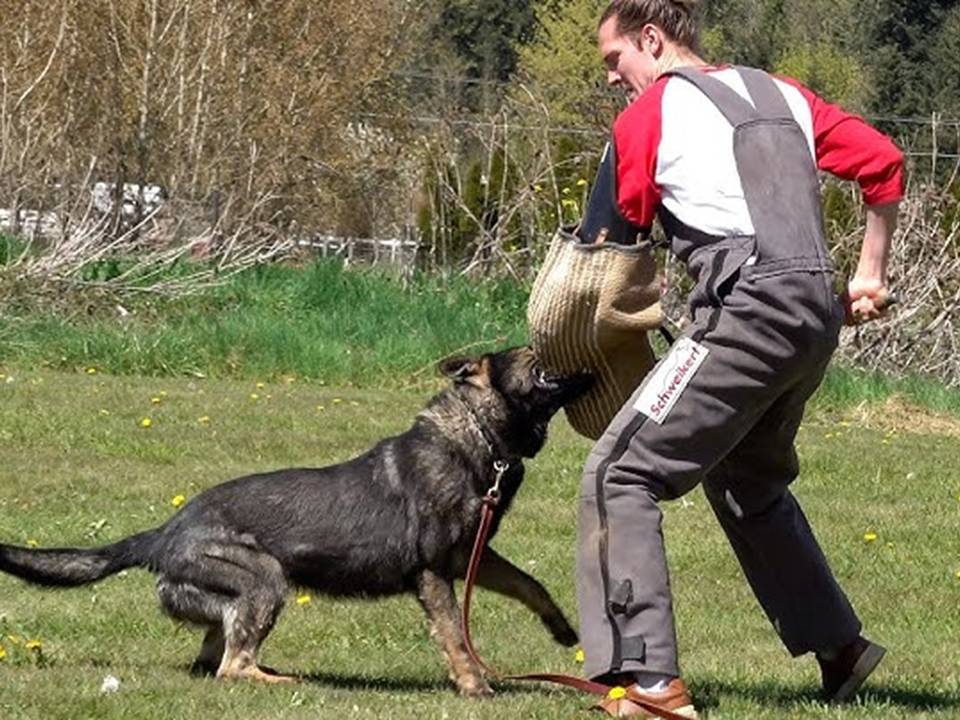
Choosing a Dog
When choosing a dog, many people focus on breed characteristics such as size, coat type, or activity level. However, a dog’s personality is just as crucial, and breed-specific traits can influence how well a dog fits into a family or lifestyle. Dogs are as diverse in temperament as they are in appearance. While every dog is unique, certain personality traits tend to be more prevalent within specific breeds. Understanding these differences can help prospective dog owners select a companion that matches their lifestyle and expectations.
1. Understanding Dog Personality: Nature vs. Nurture
Personality differences among dog breeds can be influenced by both genetics and environment. Breeding has played a significant role in shaping canine behaviour, with certain traits being intentionally reinforced in specific breeds. For example, herding dogs like Border Collies have been bred for intelligence and work ethic, while companion breeds like Cavalier King Charles Spaniels are known for their affectionate nature.
However, nurture also plays a key role. How a dog is raised, socialized, and trained can significantly shape its behaviour. Dogs from the same breed can have different temperaments depending on their upbringing. For this reason, while breed tendencies can provide insight, they should not be viewed as guarantees of behaviour.
2. Dog Breeds and Their Personality Traits
Here is a closer look at some common personality traits associated with different breeds:
a. Herding Breeds
Herding dogs, such as Border Collies, Australian Shepherds, and Corgis, are known for their intelligence, energy, and strong work drive. These dogs are typically very active and require significant physical and mental stimulation to remain happy. They are excellent problem solvers, which makes them easy to train but also means they can become bored if left without a job to do. These breeds are often loyal and protective, forming strong bonds with their families.
Ideal for: Active individuals or families who enjoy hiking, running, or engaging in dog sports like agility or obedience.
Challenges: Herding breeds can become destructive or anxious if not given enough stimulation. They may also display herding behaviour, such as nipping at the heels of children or other pets.
b. Toy Breeds
Toy breeds, such as Chihuahuas, Pomeranians, and Maltese, are known for their affectionate and loyal nature. These small dogs often have big personalities and are fiercely devoted to their owners. While they might not need as much exercise as larger breeds, they still require regular play and socialization to prevent behavioural problems. Toy breeds are often great companions for people who live in apartments or have limited space.
Ideal for: Individuals or families who want a low-maintenance, affectionate companion. They’re also great for older adults or those with limited mobility, as they don’t need extensive physical exercise.
Challenges: Some toy breeds can be prone to separation anxiety or “small dog syndrome,” where they become overly dominant or protective. Consistent training and socialization are key to preventing these issues.
c. Working Breeds
Dogs in the working group, such as Rottweilers, Doberman Pinschers, and Siberian Huskies, are often courageous, confident, and protective. These breeds were historically bred for guarding, sledge-pulling, or search-and-rescue work, so they tend to have a strong sense of purpose. They are often loyal and obedient but require a lot of physical and mental stimulation to prevent boredom.
Ideal for: Active and experienced dog owners who can provide firm training and regular exercise. These dogs thrive in homes where they have a job to do, whether it’s guarding the house or engaging in sports like obedience or Schutzhund.
Challenges: Working breeds can be stubborn and independent, making them more challenging to train for inexperienced owners. They also have high energy levels, so they need plenty of exercise and mental engagement.
d. Sporting Breeds
Sporting dogs, like Labrador Retrievers, Golden Retrievers, and Spaniels, are generally friendly, outgoing, and eager to please. These breeds were originally bred for hunting and retrieving, so they tend to be energetic and enjoy outdoor activities like swimming, running, and playing fetch. Sporting dogs are also known for being highly trainable and good with children, making them ideal family pets.
Ideal for: Active families or individuals who enjoy spending time outdoors. Sporting breeds excel in environments where they can run, swim, and participate in games that stimulate both their body and mind.
Challenges: These dogs can become hyperactive or destructive if not given enough physical activity. They may also become bored if not mentally engaged, leading to problem behaviours.
e. Terrier Breeds
Terriers, including breeds like Jack Russell Terriers, Bull Terriers, and Scottish Terriers, are feisty, energetic, and bold. Historically bred for hunting and vermin control, they tend to be highly active and courageous, often showing a surprising amount of confidence for their size. Terriers are known for being independent and may have a strong prey drive, so they need firm and consistent training.
Ideal for: Active owners who enjoy a challenge. Terriers are great for those who want a lively companion with lots of personality.
Challenges: Terriers can be stubborn, and their high energy levels mean they need regular exercise and stimulation. Their independent nature can make them harder to train, and their strong prey drive may make them unsuitable for homes with smaller pets.
3. Choosing the Right Breed for Your Lifestyle
When choosing a dog breed, it’s important to match the breed’s personality and energy level with your lifestyle. For instance, if you enjoy spending weekends outdoors hiking or running, a high-energy breed like a Border Collie or Labrador might be a great fit. On the other hand, if you prefer a more relaxed lifestyle, a calm and affectionate breed like a Basset Hound or a Shih Tzu might be more appropriate.
Consider your living situation as well. If you live in an apartment, a smaller breed that requires less space and exercise might be more suitable. Conversely, if you have a large yard or access to open spaces, a more active breed may thrive.
4. Personality Testing and Mixed Breeds
While purebred dogs often exhibit the traits of their breed, mixed-breed dogs can have a combination of characteristics. If you are adopting a mixed breed, it can be helpful to spend time with the dog before making a decision. Many shelters and rescues also offer personality tests that assess a dog’s temperament, helping you find a good match.
Conclusion
Understanding the personality differences between dog breeds is essential when choosing a dog that fits your lifestyle. While breed tendencies provide a good starting point, each dog is an individual shaped by its genetics and upbringing. By considering both the breed’s characteristics and your own living situation, you can find a loyal and loving companion that complements your life.






